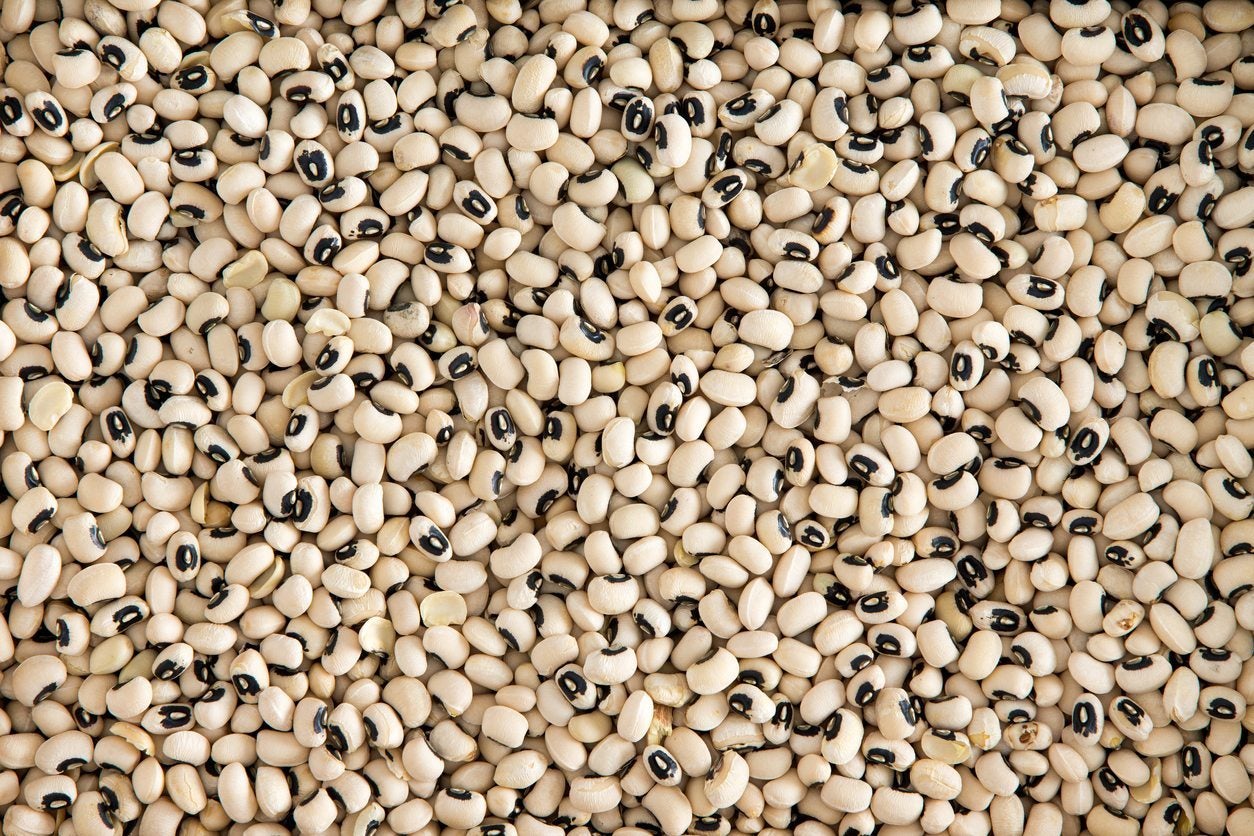
Black-eyed peas are just one of the more common field pea varieties but by no means are they the only variety. How many different types of field peas are there? Well, before that question is answered, it’s best to understand what field peas are. Read on to find out about growing field peas and information on field pea varieties.
What are Field Peas?
Field peas, also referred to as southern peas or cowpeas, are grown on over 25 million acres throughout the world. They are sold as a dry, shelled product and used for either human consumption or livestock food. Closely related to the garden pea, field peas are annual plants. They may have a vining habit to an erect habit. All stages are edible, from the blossoms to the immature pods, called snaps, to the mature pods full of peas and the overly mature pods full of dried peas.
Field Pea Information
Originating in India, field peas were exported to Africa and then brought to the United States in early colonial times during the slave trade where they became a staple in the southeastern states. Generations of southerners grew field peas in rice and corn fields to add nitrogen back into the soil. They thrived in the hot, dry soil and became valuable subsistence food sources for many poor people and their livestock.
Different Types of Field Peas
There are five seed types of field pea:
- Crowder
- Black-eyed
- Semi-crowder
- Non-crowder
- Creamer
Within this grouping there are dozens of field pea varieties. Of course, most of us have heard of black-eyed peas, but how about Big Red Zipper, Rucker, Turkey Craw, Whippoorwill, Hercules, or Rattlesnake? Yes, these are all names for field peas, each name as unique as each pea is in its own way. Mississippi Silver, Colossus, Cow, Clemson Purple, Pinkeye Purple Hull, Texas Cream, Queen Anne, and Dixie Lee are all familiar southern pea names. If you want to try growing field peas, perhaps the biggest challenge is picking a variety. Once that task has been accomplished, growing field peas is fairly simple provided your region has warm enough temperatures. Field peas thrive in areas with soil temperatures of at least 60 degrees F. (16 C.) and no danger of frost for the entirety of its growing period. They are very tolerant of different soil conditions and drought. Most field peas will be ready to harvest between 90 and 100 days from planting.
Sign up for the Gardening Know How newsletter today and receive a free copy of our e-book "How to Grow Delicious Tomatoes".

Amy Grant has been gardening for 30 years and writing for 15. A professional chef and caterer, Amy's area of expertise is culinary gardening.
